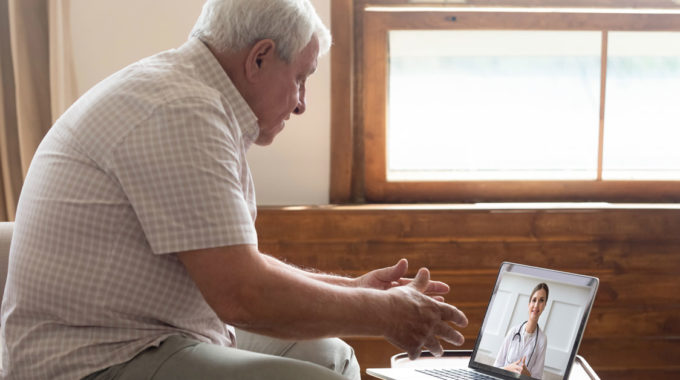
COVID-19 Lessens Use of Hospice in the U.S.
The National Association for Home Care & Hospice recently conducted a survey of American hospice agencies. They report that the number of patients in hospice in March 2020 was down compared to March 2019. For more than a quarter of hospice agencies, the decrease is greater than 15%. To make matters worse, the patients they are seeing are sicker and have less time to live. This is much more than a business story. Hospice provides vital care protecting quality of life for patients with advanced disease and for their families. Lower use means many Americans are dying less well.
How Could a Pandemic Lower Hospice Use?
Hospice Referrals Are Down
The pandemic is sending patients to hospice. By the end of March, 61% of hospice agencies had seen at least one patient with COVID-19. Nevertheless, across all diagnoses, overall referrals are down.
- 71% report fewer referrals from nursing homes
- 63% report fewer referrals from hospitals
- 49% report fewer referrals from the community
The most likely explanation is that other healthcare has been suffering. People have had limited access to their doctors or are avoiding their doctors. Therefore, changes in condition are being recognized later and meaningful conversations may not be happening.
Hospice Patients Are Refusing Care
Secondarily, hospice agencies may be seeing fewer patients because patients are refusing care. Ninety-five percent of respondents report existing patients turning away nurses due to fear of catching COVID-19 from them. Roughly a third of agencies report that their success with opening cases after a referral has decreased.
Financial Impacts on Hospice
The financial woes from the pandemic are coming from all sides. Fewer patients and shorter stays decrease revenue. With healthcare providers across the world stockpiling supplies, the costs of supplies are up. Additionally, 44% of hospices report a decrease in fundraising revenue and donations.
Solutions for Hospice During a Pandemic
Hospice agencies have reported that the biggest help to them has been Medicare loosening the rules on face-to-face visits and allowing doctors to supervise hospice by video conference. Eighty-two percent of hospices are also using video conference to supplement care delivery with patients. Unfortunately, telehealth is not a complete solution. Ninety-six percent of agencies report that telehealth only partially fixes their access issues.
Families with terminal disease may be able to help improve healthcare in America simply by embracing telehealth. If in-person visits have become difficult, there may be a local doctor to manage your care who is actively using telehealth. Restored communication between families and their doctors will ultimately be the solution to declining hospice use.
Why Does Hospice Timing Matter?
Experts recommend a minimum of three months in hospice.1,2 The unfortunate fact of the matter is that most people receive much less time in hospice than that. Before the pandemic, nearly three out of four Americans were receiving less than the recommended minimum. More time in hospice creates better symptom control, better mental health outcomes for family, longer survival for patients, reductions in unnecessary hospitalizations, lower costs, and improved satisfaction.
References:
- Teno J, Shu J, Casarett D, et al Timing of referral to hospice and quality of care: Length of stay and bereaved family member’s perceptions of the timing of hospice referral. Journal of Pain and Symptom Management. 2007; 34: 120-125.
- Rickerson E, Harrold J, Kapo J, et al. Timing of hospice referral and families’ perceptions of services. Are earlier hospice referrals better? Journal of the American Geriatric Society. 2005; 53: 819-823.





